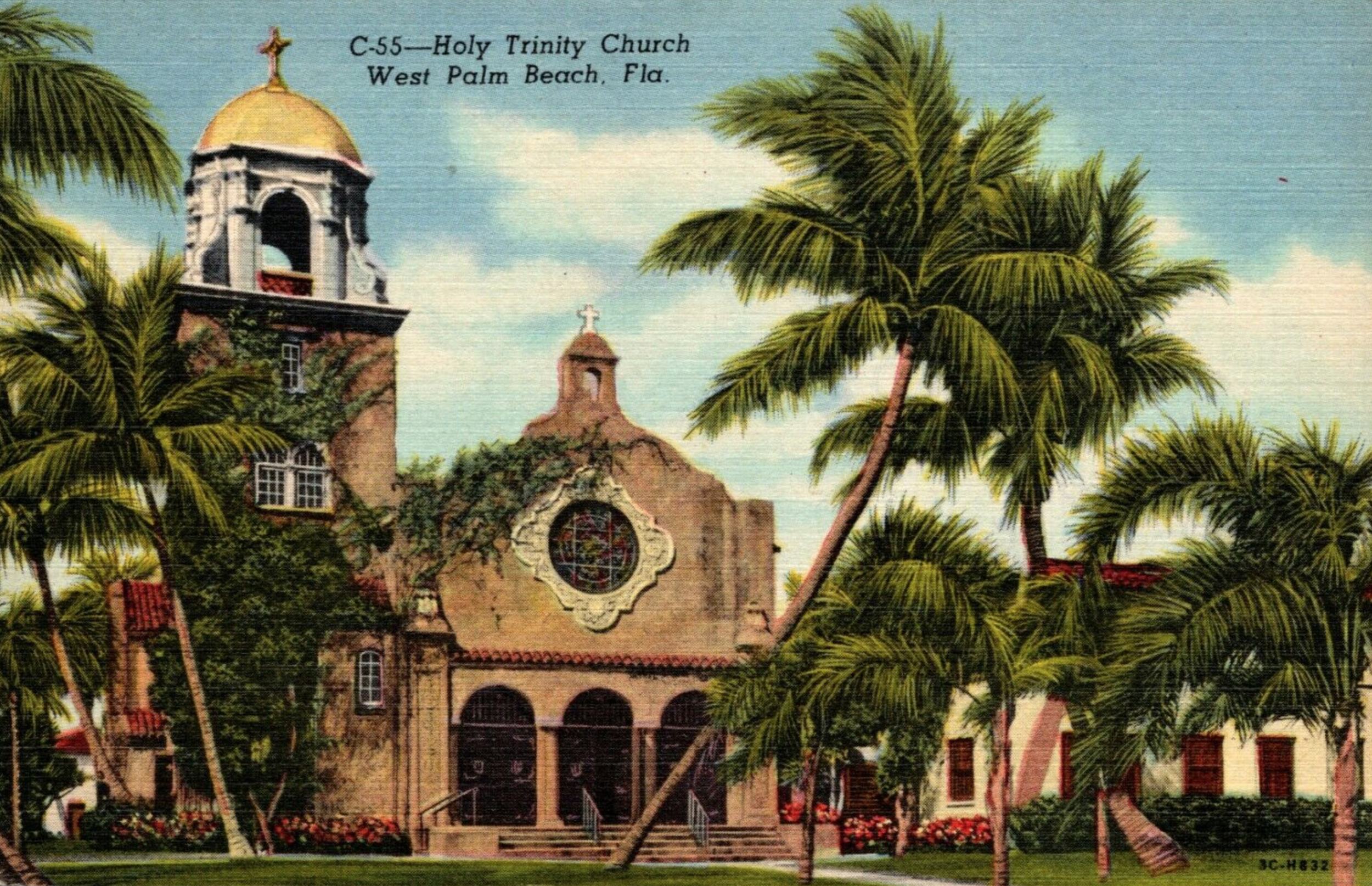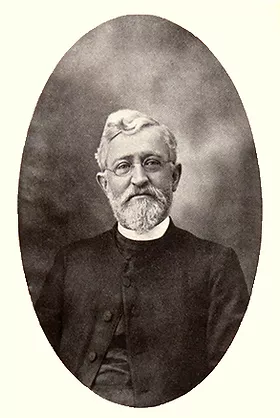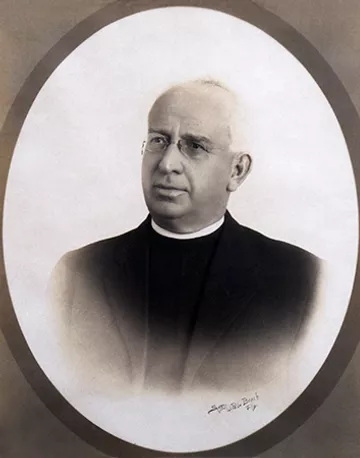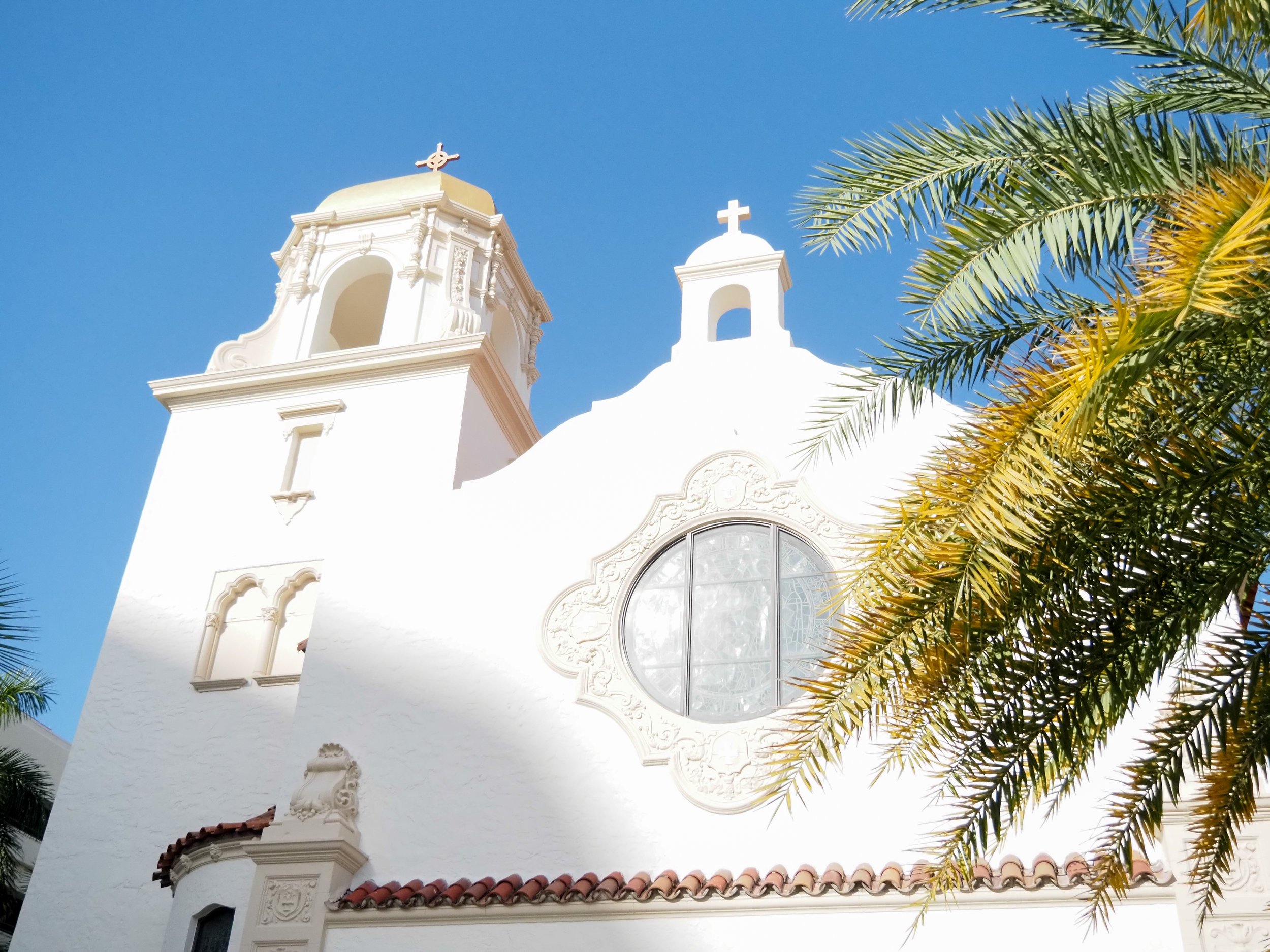
OUR STORY
Rt. Rev. E. Gardner Weed
In the winter of 1887-88, the Rt. Rev. E. Gardner Weed, Episcopal Bishop of Florida, came to the place we now call Palm Beach and conducted the first Episcopal service ever held in the area. Sensing the future need, he secured a piece of property and appealed for a clergyman to establish a mission there.
The Rev. Joseph N. Mulford, Rector of Christ Church, Troy, New York, answered the call and arrived with his family in January of 1889. Rev. Mulford immediately began holding services in the local one-room schoolhouse on the east side of the lake (later the Intracoastal Waterway) and set in motion efforts to build a church on the property purchased by Bishop Weed. The building, with a seating capacity of 100, was completed and used for the first time in April, 1889. It was Mrs. Mulford who gave that church, our elder sister, its name: Bethesda-by-the-Sea.
By 1892, the efforts of Henry M. Flagler to establish Palm Beach as a resort had resulted in a rapid increase in population on both sides of the lake. In those early years, Episcopalians in West Palm Beach often met in their homes. Only during the months of November through May when the Bethesda church was open and holding services, and when the weather would allow, could they row or sail across the lake to attend services.
To serve the growing population, In the fall of 1894, Rev. Mulford began holding occasional services in West Palm Beach. A few years later, Louis Fitz-James Hindry, a Lay Reader and principal of the local school, conducted the first regular Sunday services in West Palm Beach in 1897, which were held in the community building and library known as the "Free Reading Room" on the lakefront. At that time there were about 60 resident members.
Later that year, a building fund was established for a new church building, and an appeal was made to the greater area community. A down payment was made on a property, located on the southeast corner of Dixie Highway and Evernia Street, offered through the generosity of Henry M. Flagler at a greatly reduced price.
In 1898 the church became organized as a mission and adopted the name Holy Trinity. Rev. Hindry, who had by then entered the ministry, conducted our first services as a mission church. Under Rev. Hindry's guidance, the first small wood-shingled Holy Trinity Church was built in 1900.
Rev. Joseph N. Mulford,
On October 27, 1907, The Rev. H. Ashton Henry assumed charge. Under his leadership, the mission was admitted as a parish on January 15, 1908, at the 16th Convocation of the Missionary Jurisdiction of Southern Florida, held in Orlando. This is the date upon which our anniversary celebrations are based.
On March 1, 1916, the Rev. Lionel A. Wye became Rector and served for ten years, a crucial period which included the building of the current church. Through his business acumen and foresight, the parish acquired a new site which had been the lakefront home of the J. R. Anthony family. The original church building was moved to its new location, on the site of the present parish hall, in June of 1917, and the Anthony house became the new rectory. Work was started in 1923 toward a new edifice, the current church building, which was completed in 1924. On February 24, 1924, the first service was held in the new church. The old church building was then used as a parish hall until it was destroyed in the hurricane of September 1928.
L. Phillips Clarke, of Harvey and Clarke, was architect for the new church, as he was later for the new parish hall in 1929 and for the new rectory and Sunday School rooms built later. His grandfather, C. J. Clarke, had donated the community building in which the original church group met. His father, Louis S. Clarke, made the chandeliers for the church by hand, together with the chains by which they hang, all of which he forged himself.
The marble and mosaic work was done by craftsmen from Italy, who brought much of the material with them. The marble altar and the original Skinner organ were made possible by generous donations.
The collapse of the land boom in 1926, the killer hurricane in 1928, and the stock market crash of 1929 brought development to a halt in the region. Holy Trinity, holding a large debt for the new building, endured a very difficult struggle, and at one point foreclosure was threatened. However, in 1938, as the depression waned, the debt was restructured and disaster was averted.
The formal consecration of the church was finally held on April 29, 1945, after the mortgage was retired. The event was hailed in the press as "the high point in the history of the Episcopal congregation in West Palm Beach." The consecration services were conducted by Bishop John D. Wing of the Diocese of South Florida, before a congregation that packed the building.
Having originally been started with the help of Bethesda-by-the-Sea, Holy Trinity has, in turn, helped to start five other Episcopal churches in the area: St. Andrew’s Church, Lake Worth; St. George’s, Riviera Beach; St. Mark’s, Palm Beach Gardens; the Church of the Holy Spirit, West Palm Beach; and Grace Episcopal Church, West Palm Beach.



